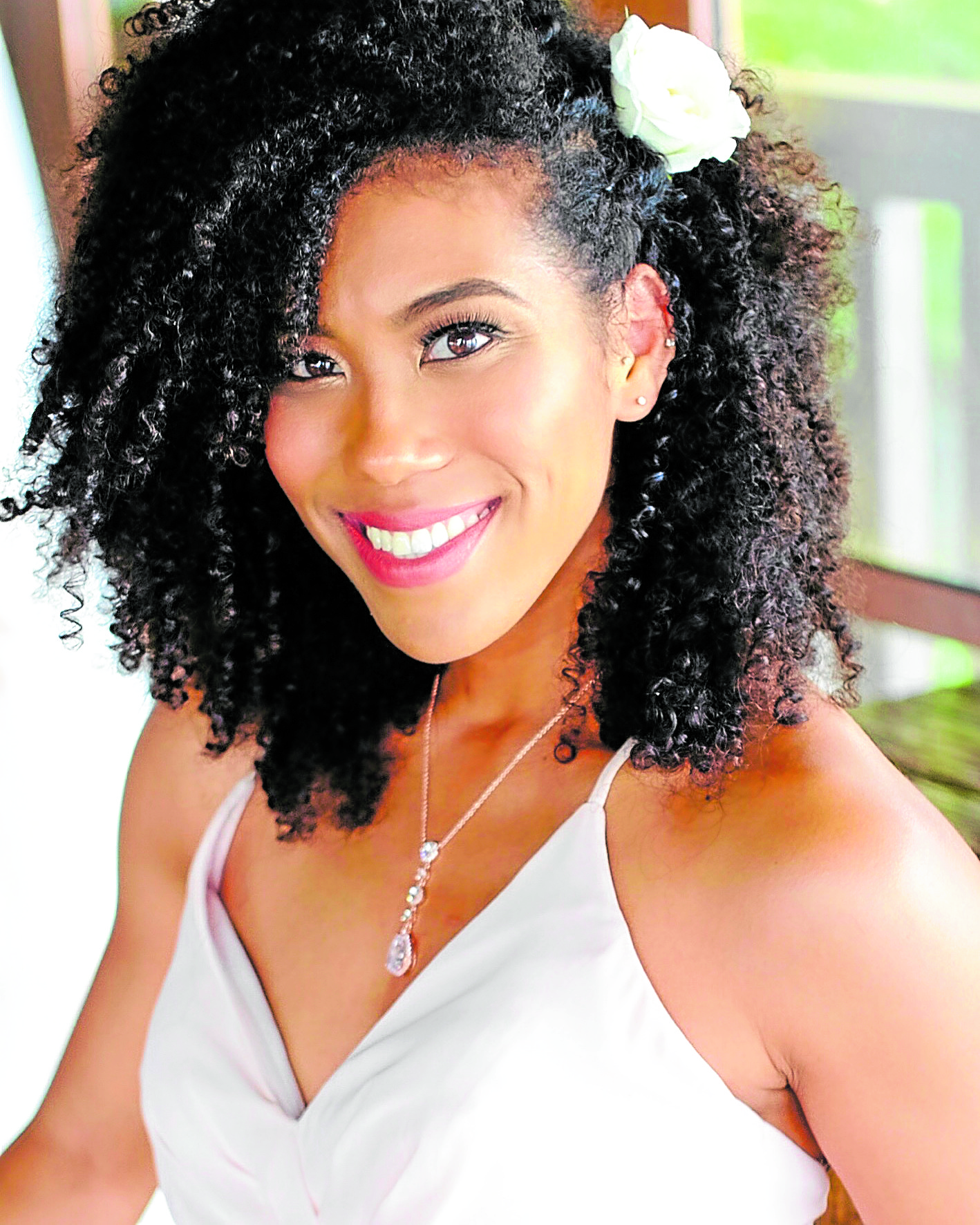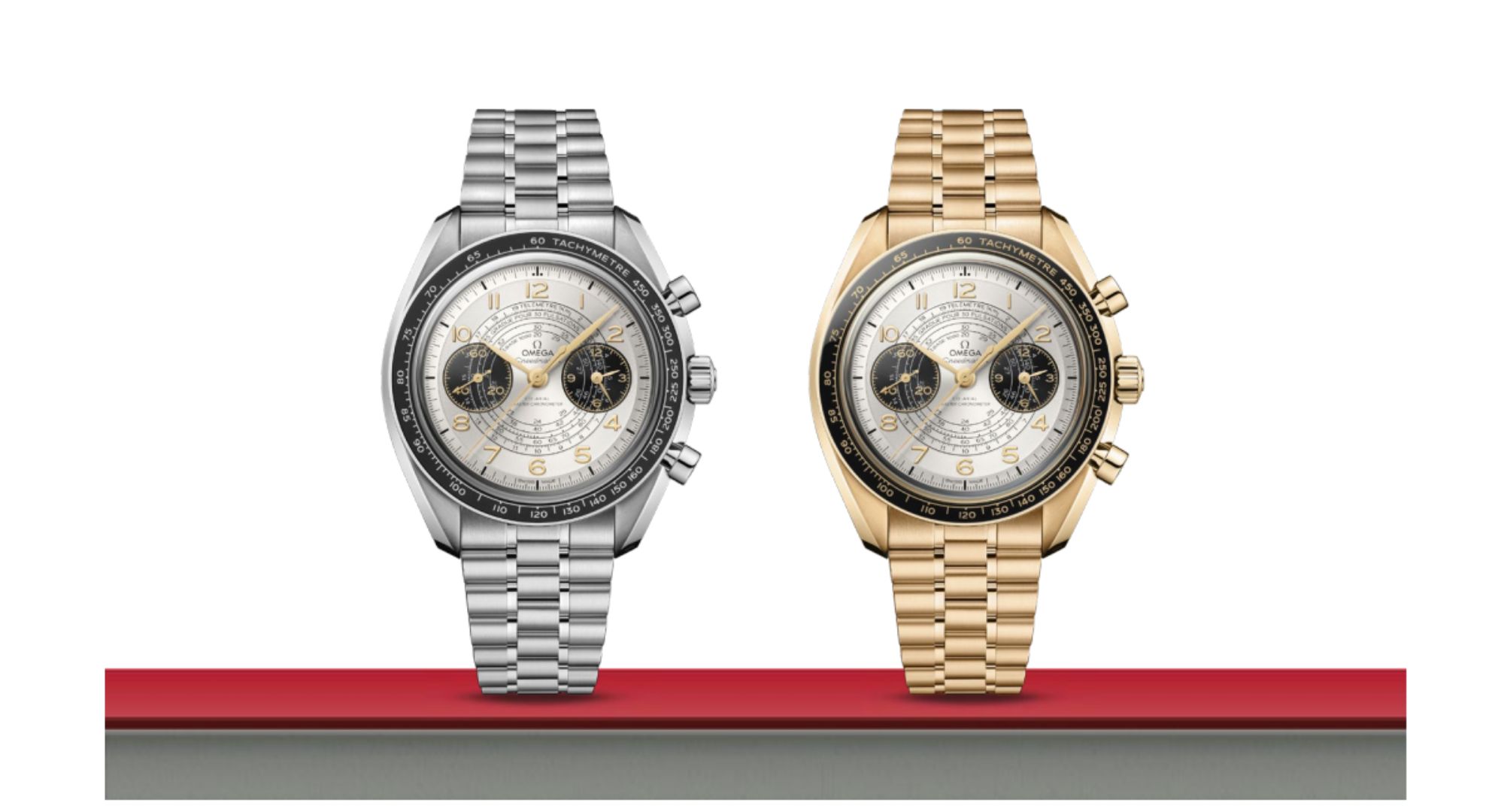I’m writing this for brides-to-be and professional and aspiring makeup artists. Photographers and videographers may find this helpful, as well.
Airbrush makeup is a technique or method where the product is sprayed as a fine mist onto the surface of the skin. An air compressor is attached to an airbrush, which is controlled by the artist. It provides an even, smooth finished look when applied properly. Emphasis on “properly.”
Airbrush makeup refers not only to the technique of spraying on makeup with an airbrush and compressor, but also the formula of the makeup itself. If you pick the wrong product formula, it can end in disaster.
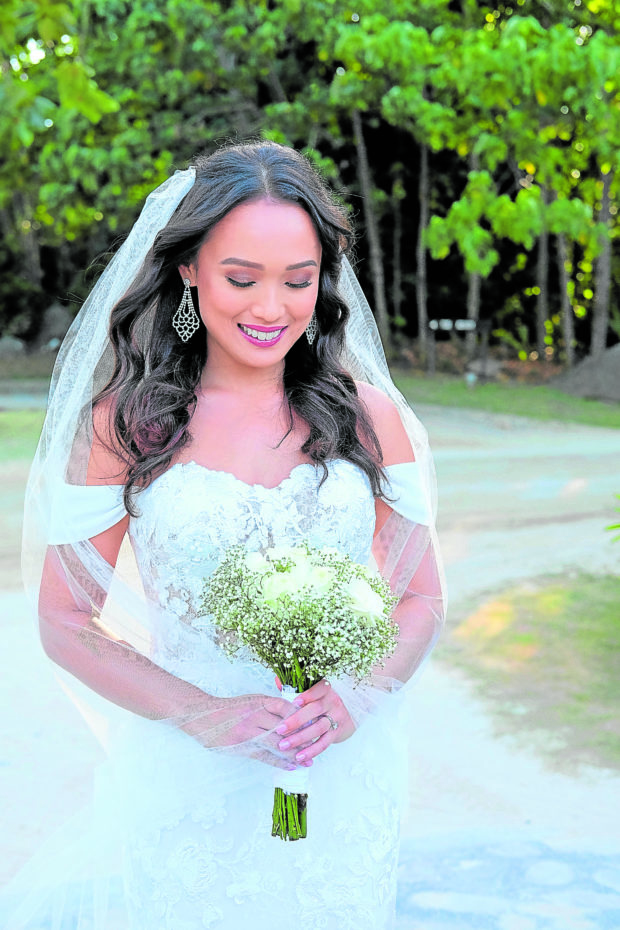
A makeup artist should choose products that are suitable for their objective and their client’s skin type, just like they would with traditional makeup—matte finish foundation for oily skin, a rich moisturizing foundation for dry skin, and so on.
There is a long learning curve to performing airbrush makeup properly. It takes a lot of practice and patience.
You need to understand distance, intensity, the sizes of your needle, the airbrush type (single or double action), the PSI (pounds per square inch) and the pressure applied by your compressor and a host of other things.
Traditional vs airbrush
Is traditional makeup better than airbrush makeup? No. Is airbrush makeup better than traditional makeup? Of course not.
As an airbrush makeup artist, I will not invalidate another makeup artist who uses traditional methods. We all have different styles, methods and sets of skills.
If the airbrush method doesn’t work for you, it doesn’t mean it won’t work for somebody else.
But why use airbrush makeup? It allows you to apply makeup in a consistent, even, smooth finish. It covers imperfections using a minimal amount of makeup product—less product but more coverage.
Airbrush makeup is designed to answer the needs of HDR, 4K and 8K resolution. What is HDR, 4K, 8K, and why should you care?
If you do makeup for print ads, commercials, television, movies and weddings, naku, you should care!
More overall detail
Most of the photographers, videographers and cinematographers are now shooting in high definition, 4K or 8k resolution. This means that images have more overall detail, a wider range of colors, are sharper, clearer and look more similar to what is seen by the human eye.
In short, sobra siyang linaw, you can see all the lines, pores, discoloration and imperfections of the skin! So this is where airbrush makeup plays a big part.
This is why big makeup brands adopt terms from the photo and video world for their product labels like “HD,” “HiDef,” “UltraHD,” “Photo Ready,” “Photo Finish,” “Media Pro,” “Blurring Effect,” “Airbrush Finish,” “Airbrush Effect,” etc. The two fields are intrinsically related.
I’ve been doing airbrush makeup since 2007. Let me take you through some misconceptions about airbrush makeup. These are some common myths that you will hear from people who haven’t even tried using airbrush makeup or don’t have enough experience with it.
Myth 1: It can only be used as foundation.
Fact: You can use airbrush makeup for foundation, contouring, blush, highlight, eyeshadow, lips, eyebrows, eyeliner and pretty much everything. I even use airbrush to cover gray hair.
Myth 2: Airbrush makeup doesn’t last long. It’s not for tropical countries.
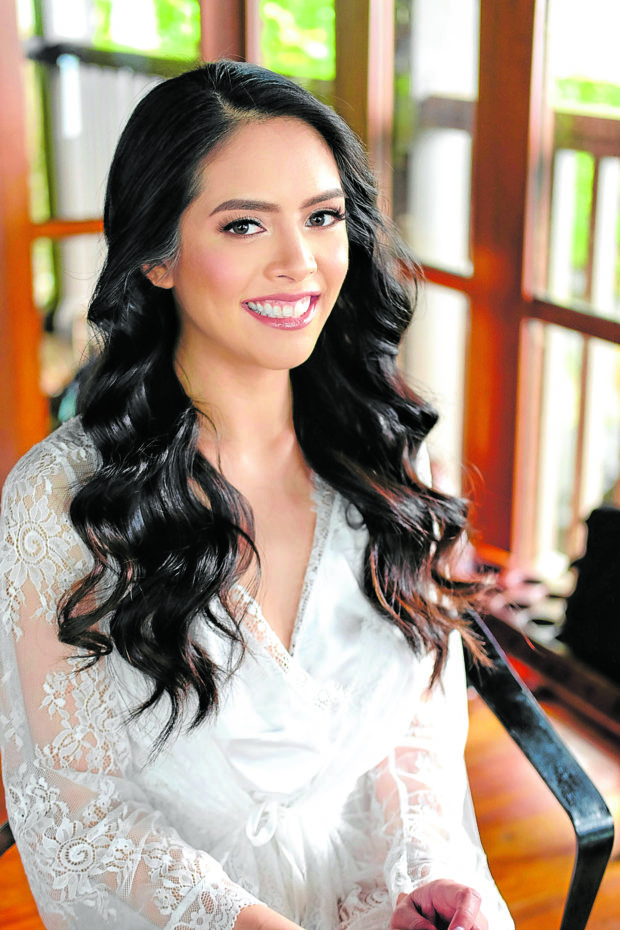
Fact: Hell, no. It’s water-resistant and can stand humidity. You can cry all you want. You can swim, even. I’ve done makeup for countless beach weddings and my clients have been super happy. Some have even sent photos before going to bed on their wedding night and they still looked great.
Myth 3: It’s not suitable for all skin types.
Fact: Airbrush makeup is suitable for all skin types. It’s hypoallergenic, making it suitable even for sensitive skin. (Use common sense and use the proper products for a certain skin type and, of course, proper skin preparation is very important).
Myth 4: Silicone-based products are bad for your skin.
Fact: Silicone products have been unfairly demonized, causing many people to view them as a threat to their skin.
All types of silicones play a role in a skin-care product’s texture and finish. They’re not just used for aesthetics or as fillers. Silicones are proven to directly influence skin’s hydration and boost its ability to benefit from other ingredients (like antioxidants). Some silicones help keep skin matte or dewy or can blur the look of pores or even temporarily fill in lines.
Myth 5: Airbrush makeup looks cakey and heavy on skin.
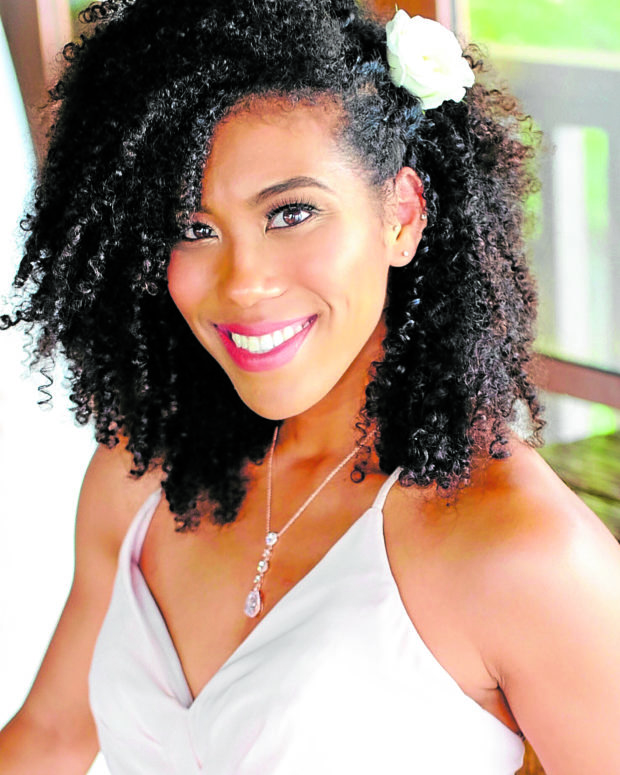
Fact: If applied correctly—I repeat, if applied correctly—airbrush makeup doesn’t make your face look cakey because you’re only using a very thin application of the product on the skin. Since the product has a thin consistency, it actually feels lighter on your face. Most of my clients say they feel as if they aren’t even wearing makeup.
Myth 6: Airbrush makeup is time-consuming.
Fact: Airbrush makeup is the fastest method of applying makeup. If you’re a properly trained airbrush makeup artist, you know that it can blend, contour and highlight easily and fast.
Myth 7: It’s only good for movies.
Fact: Not true. Photographers and videographers are using 4k and 8k resolutions. They have the most advanced equipment to take pictures and shoot video on your big day. Brides can ask their photographers and videographers about this.
Myth 8: It’s just marketing, to increase rates and fees.
Fact: If you think airbrush makeup is not expensive, then you’ve been buying the wrong products and tools. Also, a professional makeup artist will charge an amount that’s based on her skill and experience, regardless of whether she uses traditional or airbrush makeup. End of discussion.
A note for all brides-to-be: Book your makeup artist based on their work, not based on the method or the product they use. If you like what you see, schedule a trial makeup session.
Trials are important in this time of selfie filters and Photoshop. Ask previous brides about their experiences with the makeup artist you are eyeing and I’m sure they will be more willing to help you. If you prefer airbrush makeup, look for makeup artists who specialize in airbrush makeup.
And to all makeup artists and aspiring makeup artists: If the airbrush method doesn’t work for you, that’s fine. We have different skills and methods. But if you have time, it’s nice to learn new things. Take classes. And don’t be disheartened by fake news and false information from people who have little experience with the technique.
Like I said, if the method doesn’t work for you, it doesn’t mean it’s not for everybody. —CONTRIBUTED INQ
The author is a professional makeup artist.

